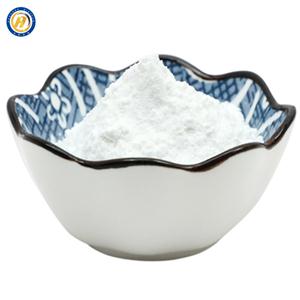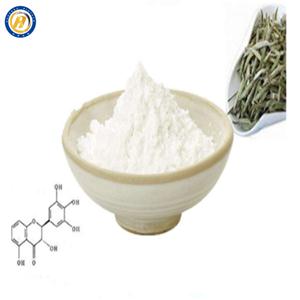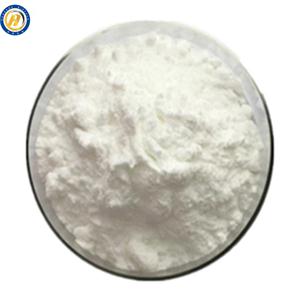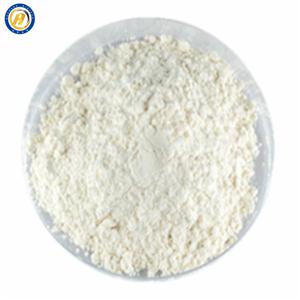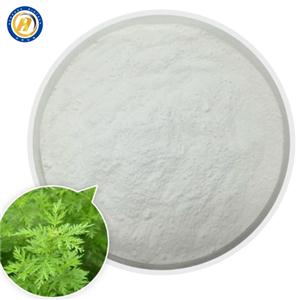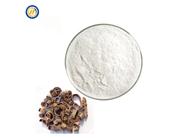Dihydromyricetin CAS:27200-12-0 As antitumor
Product Name:Dihydromyricetin
Synonyms:2,3-dihydro-3,5,7-trihydroxy-2-(3,4,5-trihydroxyphenyl)-4h-1-benzopyran-4-on;3,3’,4’,5,5’,7-hexahydroxy-2,3-dihydroflavanonol;3,3’,4’,5,5’,7-hexahydroxy-flavanon;DihydroMyricetin, froM Myrica rubra;Two hydrogenMyricetin;(2R,3R)-3,5,7-trihydroxy-2-(3,4,5-trihydroxyphenyl)-2,3-dihydrochromen-4-one;Dihydromyricetin (+)-Dihydromyricetin;Ampelopsin (2R,3R)-3,5,7-Trihydroxy-2-(3,4,5-trihydroxyphenyl)chroman-4-one
CAS:27200-12-0
MF:C15H12O8
MW:320.25
EINECS: 200-001-8
storage temp.:-20°C
solubility:DMSO: ≥5mg/mL (warmed)
density:1.808±0.06 g/cm3(Predicted)
form:powder
Boiling point:780.7±60.0 °C(Predicted)
Melting point:239-241 °C
Uses:Dihydromyricetin has been used to study its effect on adipogenesis and glucose uptake in differentiated 3T3-L1 pre-adipocytes. It has also been used to study its antitumor activity against liver cancer cells.
Description
Dihydromyricetin (DHM), also known as ampelopsin, is a natural flavonoid compound, which is found in large quantities in Asian plant species. One of them – Hovenia dulcis – is known for centuries in traditional Chinese medicine as a cure for alcohol poisoning and hangover (Liang et al. 2014). DHM is sold as a supplement and is commonly marketed as a treatment for hangovers due to its ability to reduce blood alcohol levels and projected hepatoprotective properties.
Dihydromyricetin had beneficial effects on health such as antimicrobial, anti-inflammatory,antioxidative, anticancer, lipid and glucose metabolism-regulatory activities,and cell death-mediating without or with minimum adverse effects on normal cells. And most importantly, DHM has been shown to provide significant hepatoprotective effects. Its positive influence on alcohol-induced and other liver diseases was suggested in the study of acute liver failure (Liu et al. 2017).
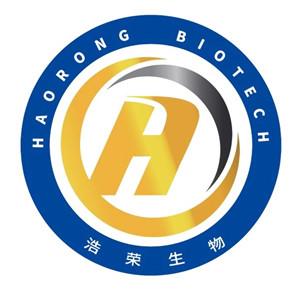
 China
China
